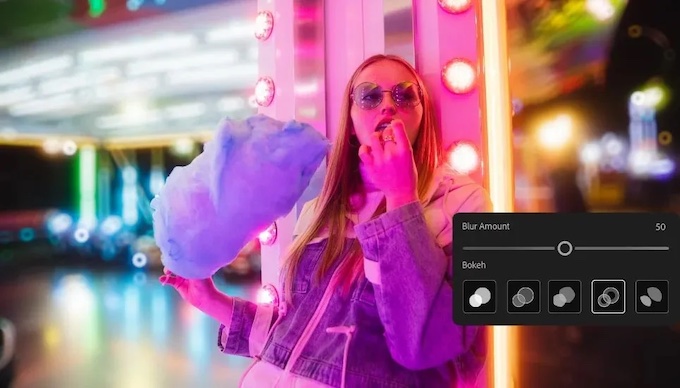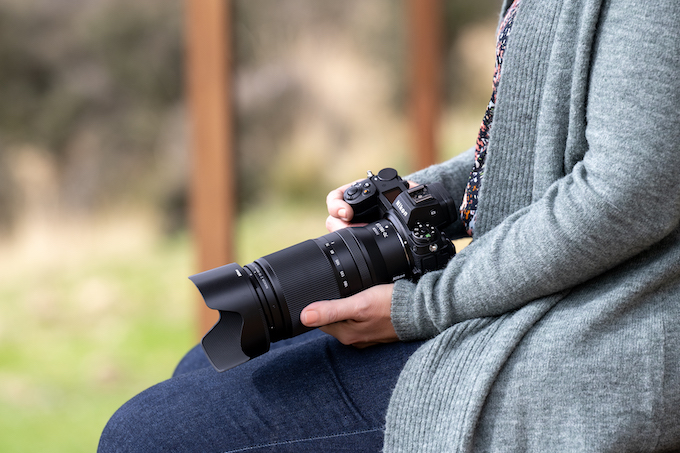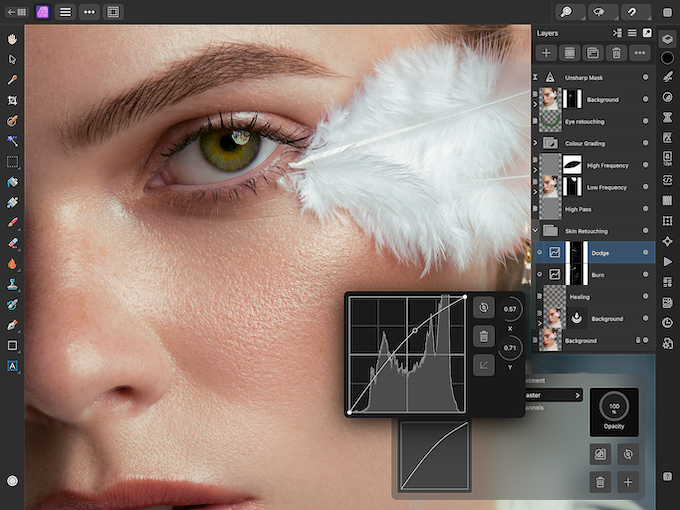Datacolor SpyderCheckr Pro
March 1, 2011
Computer monitor color management is commonplace today among professional photographers who need a consistent, repeatable color workflow. Color management of output devices, such as printers and color labs is becoming more commonplace for the same reasons. It is also easier and less expensive to accomplish, too.
However, color management of input devices, the final link in the color workflow chain, has been slow to catch on. Scanners require relatively expensive transparency targets and software in order to calibrate them. And photographers seem to believe the color accuracy claims of digital sensor and camera manufacturers, and therefore don’t believe that their digital equipment requires profiling and color management.
The truth is that, to the trained eye, every camera make and model, even every individual camera has an inherent color bias, just as every film type and often every different film emulsion does. Recognizing this, both X-Rite and SilverFast have offered a software and hardware system for calibrating digital cameras for quite some time.
Now Datacolor, the other significant company in the color management field, has released the SpyderCheckr and SpyderCheckr Pro digital camera calibration systems. These are also hardware and software systems providing affordable and easy-to-use calibration solutions for digital camera and lens combinations.
The SpyderCheckr system consists of the SpyderCheckr hardware target and software CD, while the SpyderCheckr Pro system adds the previously available SpyderCube for capturing custom white balance, neutrality data from multiple light sources and correcting highlight and shadow.
Camera calibration is straightforward. You carefully photograph the SpyderCheckr hardware target in RAW format and open the image in Adobe Lightroom or Adobe Camera Raw (ACR). After cropping and straightening the relevant area of the target, you white balance any of the light or medium gray patches and adjust the lightest and darkest gray patches to recommended values. You then output the gray-balanced, black-and-white adjusted, cropped image for use in the SpyderCheckr software. You can do this directly from Lightroom, or by saving the file as a TIFF from ACR and opening it in the SpyderCheckr software.
If you’ve done everything correctly to this point, you just need to click on the “Save Calibration” button and the SpyderCheckr software performs the calibration and saves the calibration file with whatever name you choose to give it. You then need to relaunch Lightroom or ACR to have the calibration available for use.
Apply the calibration to your RAW files from the User Presets list in the Develop module of Lightroom or from Load Settings in the dropdown menu to the right of the mode name (Basic, etc.) in ACR. The SpyderCheckr color calibration adjustments are visible in Lightroom or ACR in the Hue/Saturation/Luminance section. You can make adjustments to the calibration there if you like and save it as a new calibration.
Datacolor says that, “The changes from applying the calibration data should be subtle; the better your camera’s native color, the less effect the calibration will produce.” I didn’t find this to be the case with any of the cameras I calibrated (a Nikon D700, two Nikon D2x’s, a Nikon P7000 and a Canon G12). The effects of the calibrations were readily apparent on screen and in Lightroom’s HSL slider positions. I checked with Datacolor and they ensured me that I had done everything correctly, and that these results could very well be correct for my equipment and shooting conditions.
The most significant changes were made to the blues, aquas and greens. The hues were significantly changed and their luminance values adjusted also. Further changes were made to the purples and magentas and less so to other hues. Since two of my tests were done with my artwork copy setup I was able to compare the before and after calibrations with the original art. There was no question that the changes made by the SpyderCheckr calibration process brought the on-screen image closer to the original than the uncalibrated capture.
In my opinion, calibration really needs to only be done once for each camera, but Datacolor recommends multiple calibrations for different light sources and camera/lens combinations. The software can even average two calibrations taken under different conditions and produce a compromise calibration. I found the results when doing this to be insignificantly different from one another and not worth the time to do the multiple calibrations or the stress of making sure you apply the correct calibration when done.
The right half of the SpyderCheckr target consists of 24 standard color patches. They are all near or within the sRGB color gamut to avoid clipping in any color device.
The color patches in the left half of the SpyderCheckr represent additional colors targeting several specific uses. There are six additional skintones, for a total of eight.
There are six medium saturation color patches in the red, green, blue, cyan, magenta and yellow zones, to improve the coverage of the inside of the color gamut. There are three near white tints and three near black tones, for checking color tints and tones at both ends of the dynamic range. And the gray ramp has been increased from the standard 20% steps, to 10% steps, plus extra samples at 5% and 95% to provide a more detailed gray ramp.
On the reverse side of each target card are neutral gray targets. About ¾ of the card is made up of a 50% gray patch. The rest consists of the same six gray patches as present on the front of the card. This mix allows for an accurate in-camera gray balance before you begin shooting. There is also an attachment on the target for the SpyderCube, which is included with the SpyderCheckr Pro system. You can gray balance with the target, then shoot the target and Cube to set optimum whitepoint, exposure and black level in post. On its own the SpyderCheckr calibration does not automatically gray balance or set whitepoint, black level and adjust exposure. These must still be done for each photo setup.
I have a few issues with the SpyderCheckr system. One is the size of the target. Closed, it measures 6.5 x 9 inches and doesn’t store comfortably in any of my camera bags. Given the relatively insignificant differences in calibration that I found under different lighting conditions, I leave the target home and just take the SpyderCube when I’m traveling light and shooting quickly. But if I’m off to a significant assignment with an assistant and a bunch of gear, the SpyderCheckr comes along, stored in my laptop bag.
It is a nice touch to have a tripod socket in the spine of the target so you can mount it if there is no assistant or convenient tabletop. But the third time I attached it to a tripod, the mount became detached from the target. After an application of Superglue it seems to be repaired, but I expect better from a product at this price.
And finally, the CD delivered with the system does nothing but direct you to the Datacolor Web site where you must download the 8MB+ SpyderCheckr software. Would it be so difficult to include the software on the CD? The Quick Start Guide included with the system is pretty useless and basically directs you to the Datacolor Web site for detailed instructions on using the SpyderCheckr. The Help file in the application is better, but all text, which makes it a chore to use if you’re a visual person. The really useful document, the SpyderCheckr User Guide in PDF form, is not included in the download for some reason. You need to access the SpyderCheckr section of the Datacolor Web site to download it.
There are helpful tutorials and additional information on the Web site, https://spyder.datacolor.com/product-cb-spydercheckr.php, but I’m disappointed Datacolor has chosen to deliver a basically empty CD instead of filling it with software.
Input color management is the final link in the color management chain for most photographers shooting RAW files. The Datacolor SpyderCheckr and SpyderCheckr Pro provide that link in an easy-to-use system. The SpyderCheckr lists for $129 and the SpyderCheckr Pro for $169.
Stan Sholik is a commercial/advertising photographer in Santa Ana, CA, specializing in still life and macro photography. His latest book, Professional Filter Techniques for Digital Photographers, covering both on-camera analog and post-production digital filters is published by Amherst Media.




